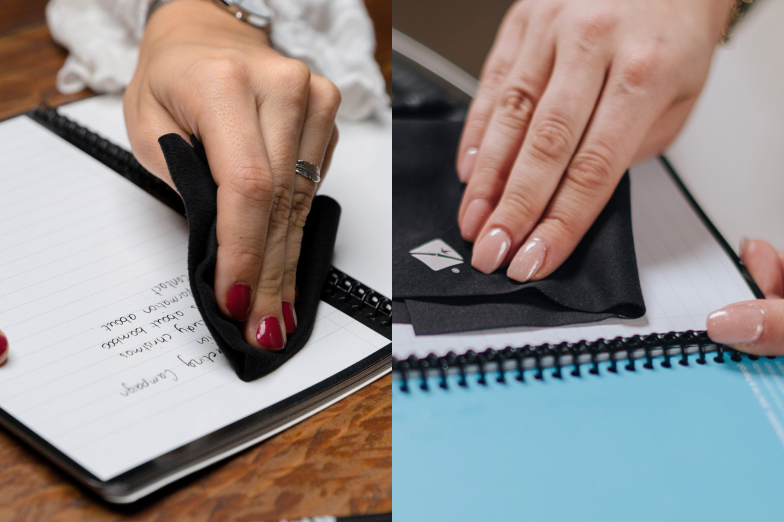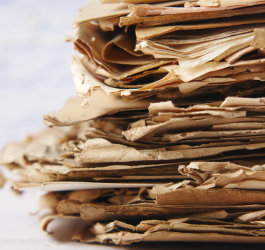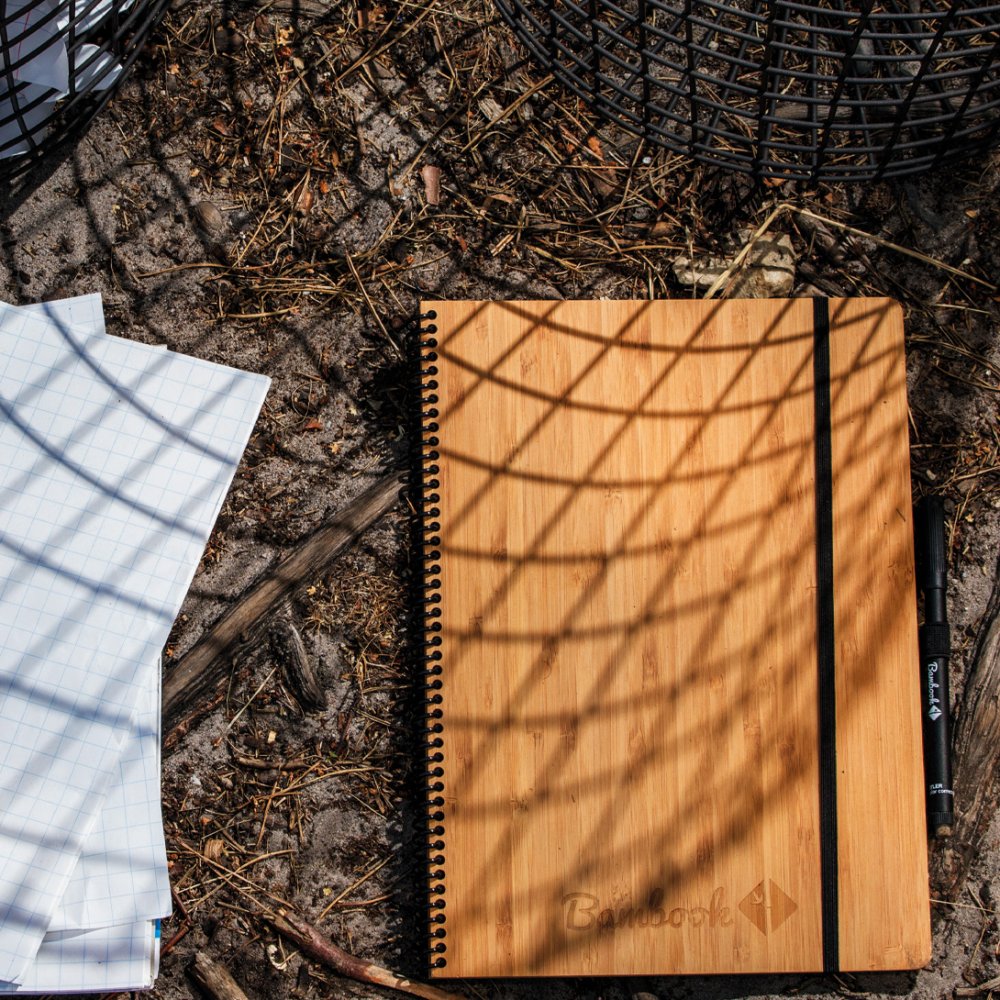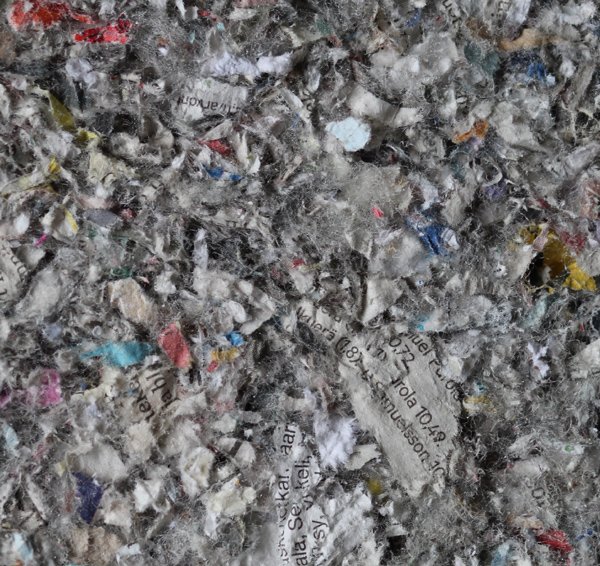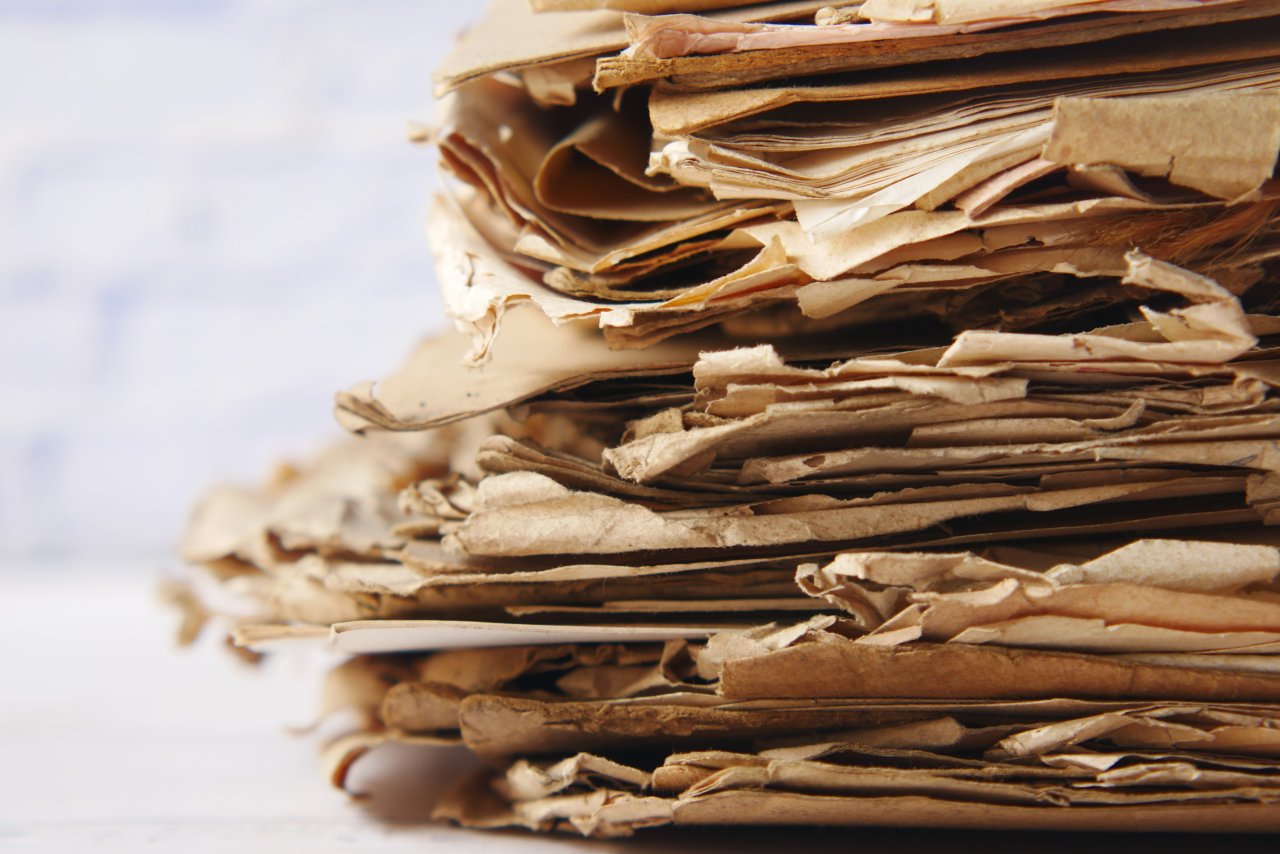
The history of paper
Writing, writing. We keep writing. We always have. And despite digitization, we still pick up our pen regularly. Just as well, because writing by hand has many advantages.
In this blog you will read:
- The invention of paper
- The development of paper
- The new writing revolution with Bambook
Today we go ... back in time!
How did paper come into existence?Who invented paper?
The Egyptians are the original inventors of paper. They used the reeds of the papyrus plant that grows mostly along marshes and rivers.
Cutting the stems lengthwise created writing surfaces that were glued together with sticky plant sap.
Unlike clay brick, papyrus could be easily rolled up and transported. Nice and easy!
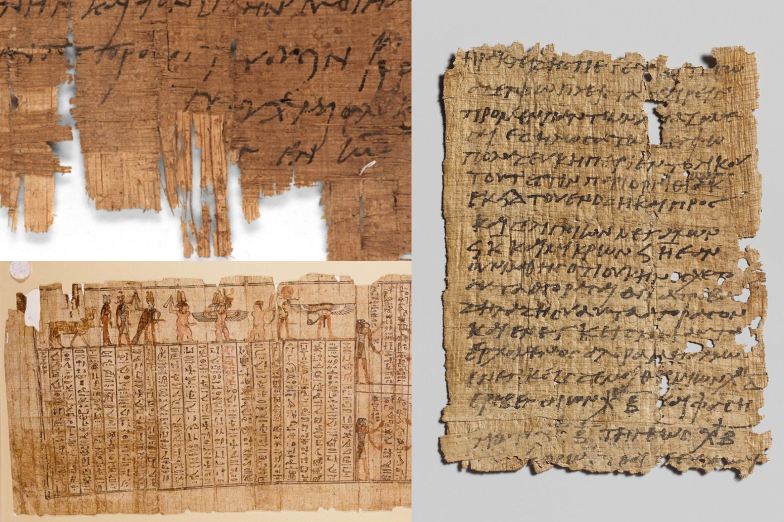
From papyrus to parchment
When Egypt could no longer handle Europe's high demand for papyrus and became unaffordable, Europe developed parchment; made from animal skins. These skins were cut into thin strips creating slices. On this you could write with a quill pen or a reed pen and some ink.
Parchment was a lot more moisture-resistant than the fragile papyrus scrolls. Paper as we know it today still most closely resembles a mixture of bamboo reed paper mulch and silk waste that was made into mush in ancient China. This was invented by Cai Lun.
It remained a kept secret for a long time until Arabs took Chinese papermakers into captivity and thus copied the art of papermaking.
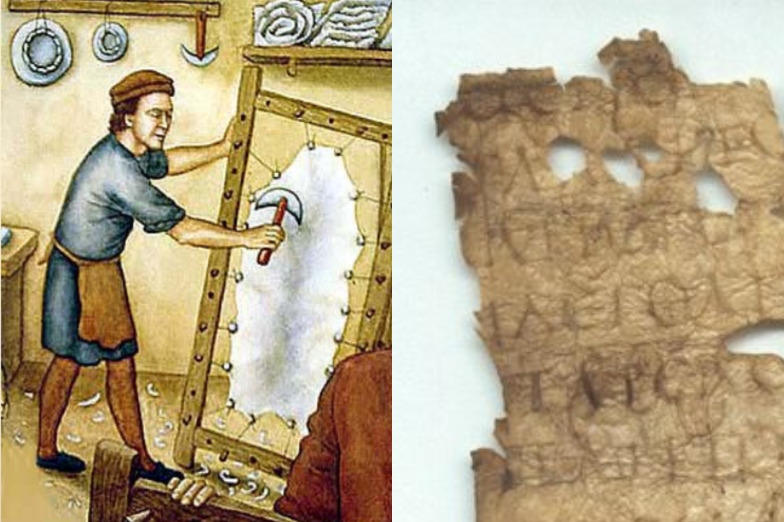
Paper as we know it today still most closely resembles a mixture of bamboo reed, paper mulch and silk waste that was made into mush in ancient China. The history of paper started when it was first invented by Cai Lun.
It remained a kept secret for a long time until Arabs took Chinese papermakers into captivity and thus copied the art of papermaking.
One-time use
To this day, people continue to experiment with the composition of raw materials to make paper. For example, from recycled paper fibers or from agricultural waste. However, the core properties of paper have always remained the same; light, foldable and rollable but also... to be used only once.
Time for the next chapter!
Although the development of paper has more or less stood still since around 1800, the actual use of paper has increased tremendously. Today in 2023, the paper industry is one of the industries most rapidly becoming sustainable. Since 1990, the paper industry has reduced its CO2 emissions by 40%.
So let's be clear: at Bambook, we're not against paper... we're for reusing it. Because it can be done much smarter!
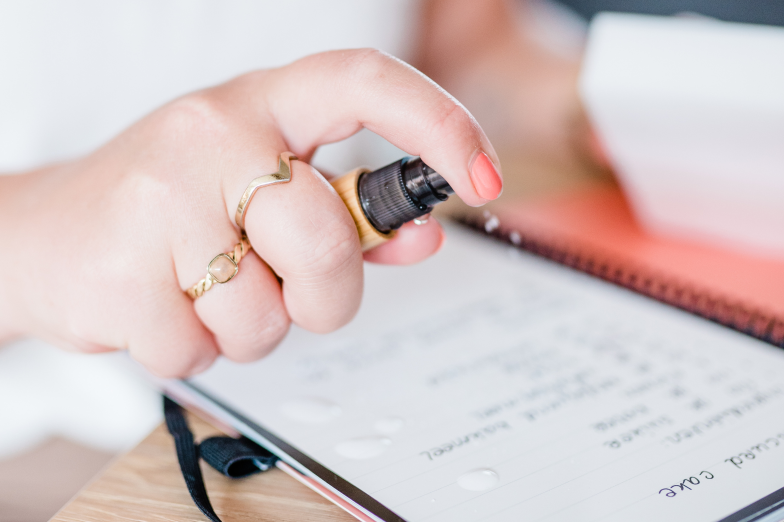
Bambook: paper's upgrade.
And if it can be done smarter, why miss the opportunity? So we thought. We keep the positive properties - and upgrade paper with the property of being endlessly reusable. Because with Bambook:
- Reuse your notebook
- No new raw materials are consumed
- And you save the whole production process for a new notebook
Stone. Paper. Bambook.
Isn't it time for an upgrade? Join the writing revolution!
